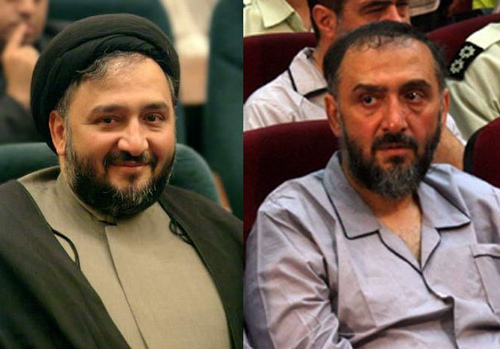In the grotesque pageant of Iran’s show trials, former high officials—hollow-eyed, dressed in prison pajamas, and flanked by guards in uniform—sit in rows, listening to one another’s self-denunciations. Since the disputed Presidential elections of June 12th, about a hundred reformist politicians, journalists, student activists, and other dissidents have been accused of colluding with Western powers to overthrow the Islamic Republic. This month, a number of the accused have made videotaped confessions. But the spectacle has found a subversive afterlife on the Internet. One image that has gone viral is a split frame showing two photographs of former Vice-President Mohammad Ali Abtahi. Before his arrest, on June 16th, he is a rotund, smiling cleric; in court on August 1st, he is drawn and sweat-soaked, his face a mask of apprehension. The juxtaposition belies the courtroom video, making the point that the only genuine thing about Abtahi’s confession is that it was coerced through torture.

Show trials have been staged before, most notably in Moscow in the nineteen-thirties. Typically, such rituals purge élites and scare the populace. They are the prelude to submission. Iran’s show trials, so far, have failed to accrue this fearsome power. In part, this is because the accused are connected to a mass movement: Iranians whose democratic aspirations have evolved organically within the culture of the Islamic Republic. It is one thing to persuade citizens that a narrow band of apparatchiks are enemies of the state. It is quite another to claim that a political agenda with broad support—for popular sovereignty, human rights, due process, freedom of speech—has been covertly planted by foreigners. [continued…]

